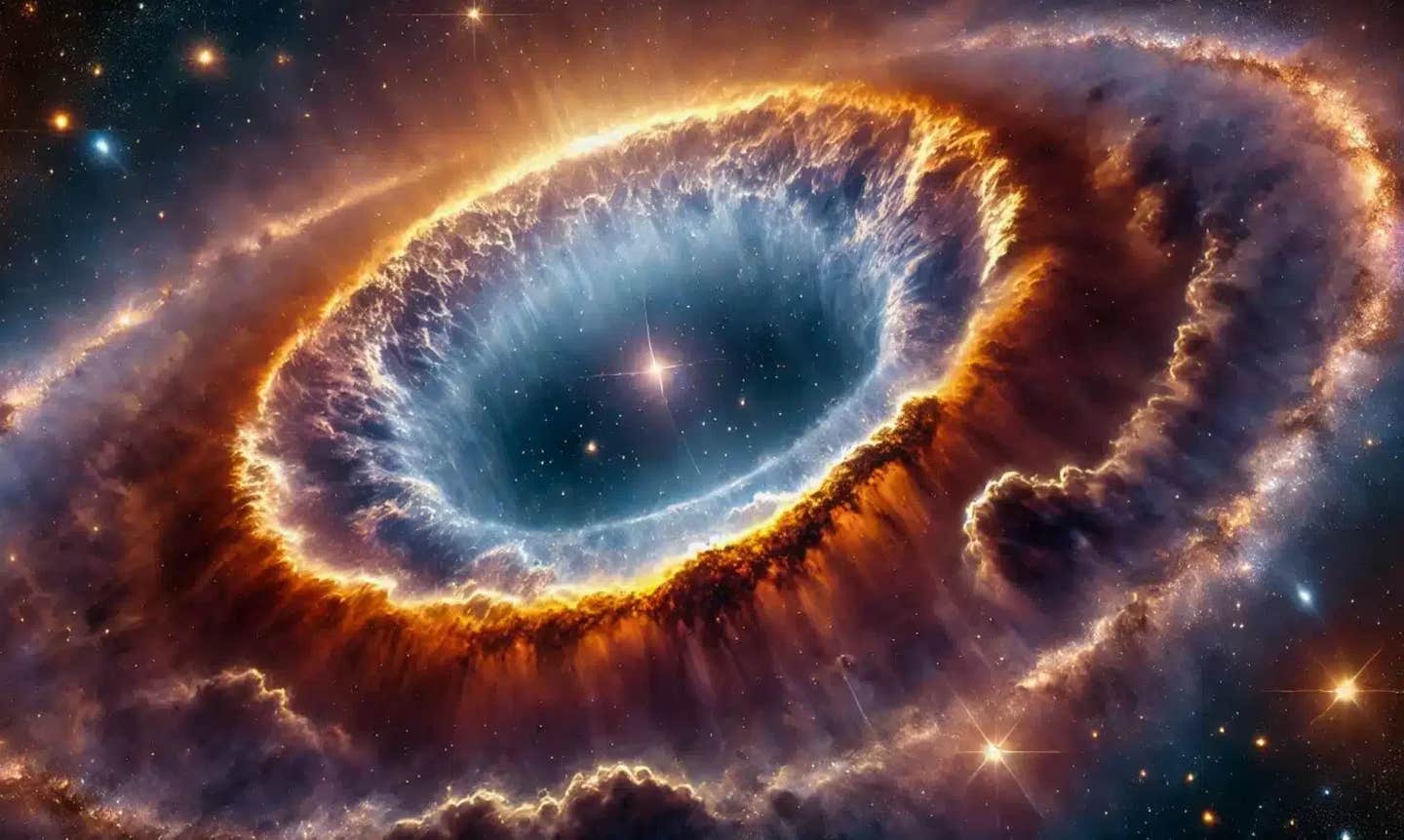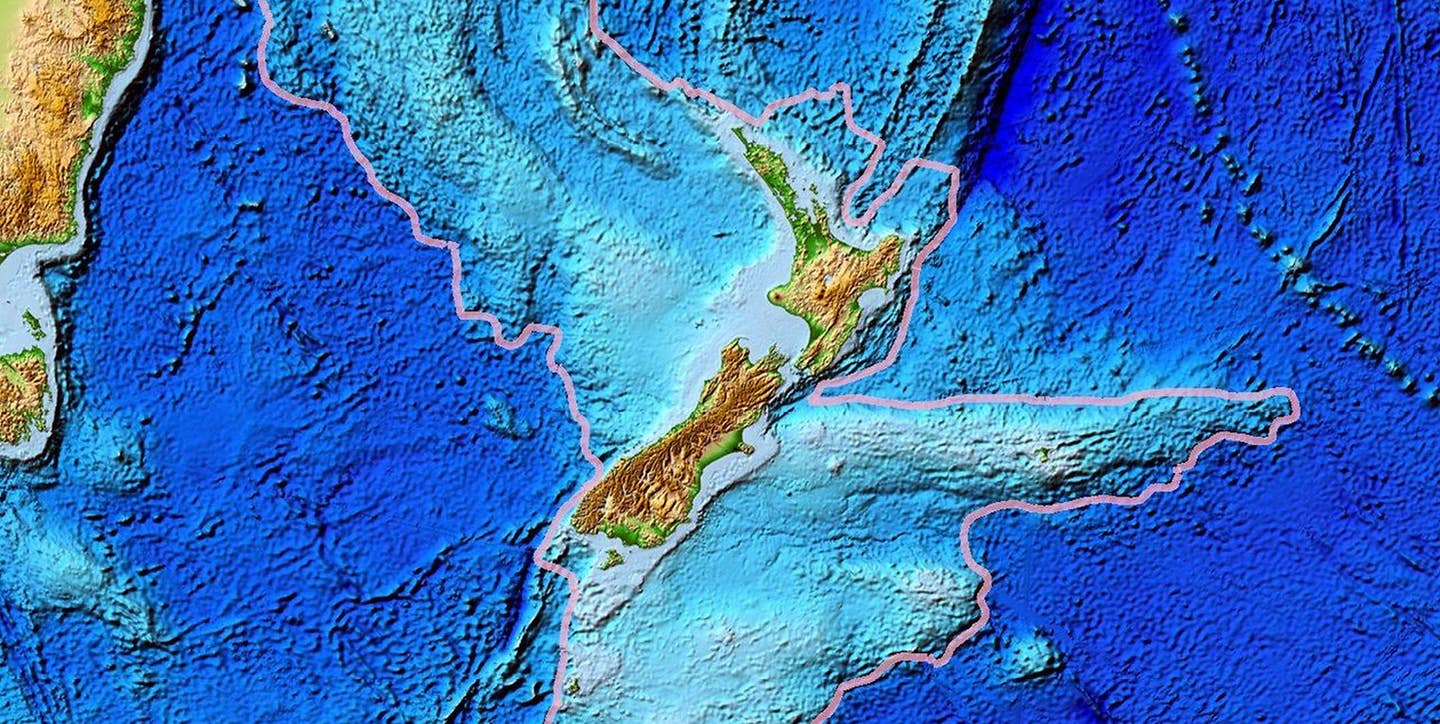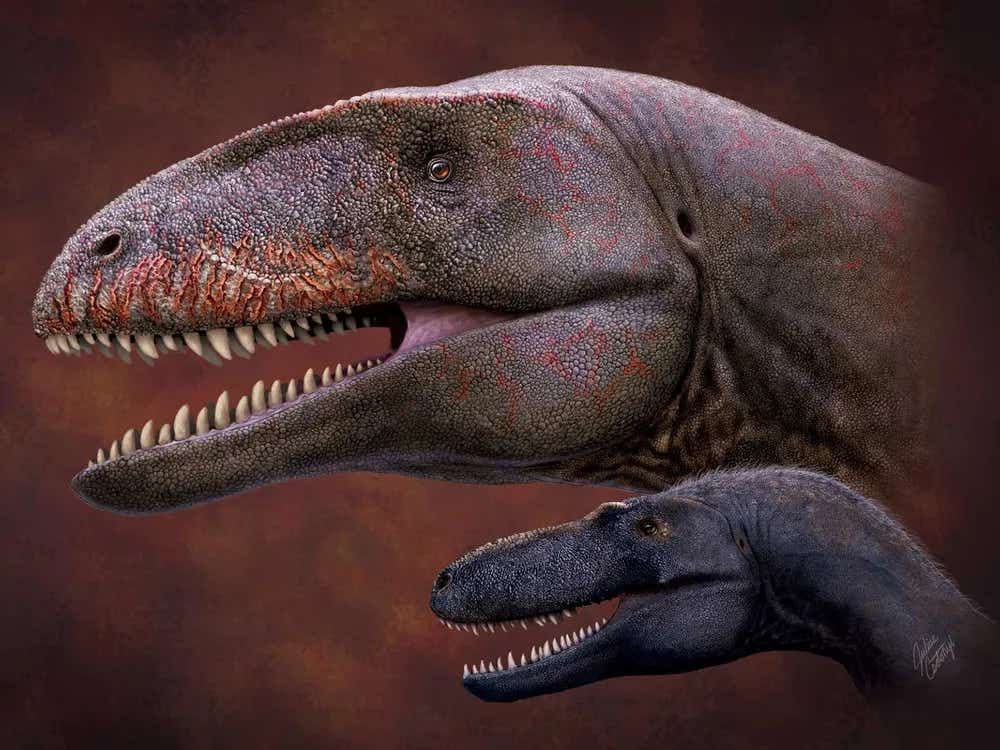Interstellar tunnel discovered near our solar system – could lead to other star systems
Astronomers have mapped the Local Hot Bubble, revealing its complex shape and a mysterious tunnel that could connect to other galactic structures.

A newly discovered interstellar tunnel may connect to neighboring cosmic bubbles. (CREDIT: CC BY-SA 4.0)
Our solar system resides in a unique low-density bubble called the Local Hot Bubble (LHB). Stretching at least 1,000 light-years, this region glows in X-rays due to its million-degree temperature. However, because its atoms are so sparse, this extreme heat barely affects the matter inside. It’s fortunate for life on Earth, but this enigmatic bubble has long puzzled astronomers.
Theories suggest that the LHB was carved out millions of years ago by supernova explosions. A chain of these stellar detonations likely blew away the interstellar medium, creating this expansive cavity. Recent breakthroughs from the Max Planck Institute for Extraterrestrial Physics (MPE) have shed light on the LHB's true nature and its intricate structure.
Charting the Bubble
Astrophysicist Michael Yeung and his team used eROSITA, a powerful X-ray telescope aboard a space observatory, to map the LHB in unprecedented detail. Unlike Earth-based observatories or those influenced by our planet's halo of hydrogen, eROSITA operates 1.5 million kilometers from Earth. This unique vantage point offers an untainted view of the X-ray sky.
By dividing the sky into 2,000 sections, researchers analyzed the X-ray light in each area. They discovered that the LHB is not a uniform sphere but expands more readily perpendicular to the galactic plane. This makes sense—there’s less resistance in the vertical direction compared to the horizontal galactic disk.
Michael Freyberg, another key member of the MPE team, noted that the bubble's shape resembles a bipolar nebula, though spikier and bumpier. This irregular structure wasn’t the only revelation. "What we didn't know was the existence of an interstellar tunnel towards Centaurus, which carves a gap in the cooler interstellar medium," Freyberg explained.
A Tunnel to the Stars?
This tunnel could connect the LHB to a neighboring superbubble or other cosmic structures like the Gum Nebula. Its discovery lends credence to a 1974 theory proposing that the galaxy consists of interconnected hot bubbles and tunnels. Though evidence for such a network has been scarce, this finding could be a crucial piece of the puzzle.
Related Stories
The tunnel isn’t just an isolated feature. The team's model revealed a temperature gradient within the LHB, with the northern region being hotter than the southern. This suggests that recent supernova events may have reheated parts of the bubble within the last few million years.
Living in the Bubble
The LHB has fascinated astronomers since its existence was proposed over fifty years ago. Initially, scientists used the bubble to explain mysterious X-ray emissions that shouldn’t have reached us through the dense interstellar medium. The theory gained traction as observations revealed a relative void of interstellar dust near our solar system.
Challenges emerged in the 1990s when scientists discovered that solar wind interactions with Earth’s geocorona could also produce X-rays. But recent data from eROSITA, which observed the sky during a solar minimum, confirmed the LHB's role in these emissions.
Michael Yeung highlighted eROSITA’s contribution, stating, "eRASS1 data provides the cleanest view of the X-ray sky to date, making it the perfect instrument for studying the LHB."
Connecting the Cosmic Dots
The detailed 3D model constructed by Yeung’s team paints a vivid picture of our cosmic neighborhood. It includes known supernova remnants, molecular clouds, and even other tunnels, like the Canis Majoris tunnel, potentially linking the LHB to the Gum Nebula.
Some dense molecular clouds near the bubble’s edge have velocities suggesting they formed from material swept up during the bubble’s early formation. Co-author Gabriele Ponti noted, "The sun must have entered the LHB a few million years ago—a short time compared to the age of the sun."
This central positioning of the Sun within the LHB is purely coincidental. As the solar system moves through the Milky Way, we’re likely just passing through this cosmic cavity.
Future Exploration
The discovery of the Centaurus tunnel could mark the beginning of a new chapter in galactic exploration. If the Milky Way is indeed a vast network of hot bubbles and tunnels, studying these structures could reveal the galaxy’s dynamic history.
The study, published in Astronomy & Astrophysics, emphasizes how stellar feedback—energy released by dying stars—shapes the interstellar medium. As researchers continue to analyze eROSITA’s data, we may soon uncover more secrets hidden in the vast expanse of space.
Other Superbubbles close to Earth
Superbubbles are vast cavities in space filled with hot, low-density gas, often created by the combined activity of supernovae and stellar winds from massive stars. The LHB above is the closest superbubble to Earth. The next nearest superbubbles are:
Loop I Bubble
- Distance: About 400-500 light-years from Earth.
- Description: A large superbubble associated with the Scorpius-Centaurus OB association. It is thought to have been created by multiple supernovae and stellar winds from massive stars in this region.
- Connection to Local Bubble: The Loop I Bubble interacts with the Local Bubble, forming a boundary known as the "interaction zone."
Orion-Eridanus Superbubble
- Distance: Approximately 500-1,000 light-years.
- Description: Located in the Orion and Eridanus constellations, this superbubble was formed by supernovae and winds from the massive stars in the Orion OB1 association.
- Features: It encompasses the famous Orion Nebula and extends toward the Eridanus constellation.
Loop II and III Bubbles
- Distance: Both are several hundred light-years away.
- Description: These superbubbles are associated with other star-forming regions and supernova remnants but are less well-defined than Loop I.
These superbubbles play a significant role in shaping the structure of the Milky Way, influencing star formation and the dynamics of interstellar gas.
Note: Materials provided above by The Brighter Side of News. Content may be edited for style and length.
Like these kind of feel good stories? Get The Brighter Side of News' newsletter.
Joshua Shavit
Science & Technology Writer | AI and Robotics Reporter
Joshua Shavit is a Los Angeles-based science and technology writer with a passion for exploring the breakthroughs shaping the future. As a contributor to The Brighter Side of News, he focuses on positive and transformative advancements in AI, technology, physics, engineering, robotics and space science. Joshua is currently working towards a Bachelor of Science in Business Administration at the University of California, Berkeley. He combines his academic background with a talent for storytelling, making complex scientific discoveries engaging and accessible. His work highlights the innovators behind the ideas, bringing readers closer to the people driving progress.



